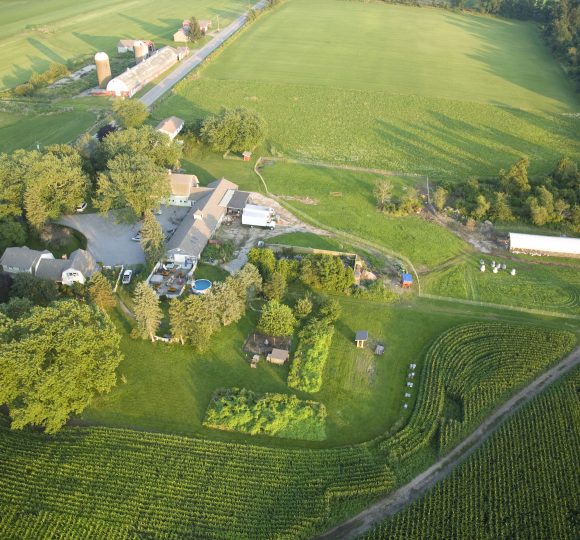Transferable development rights (TDRs) can be used as a local planning tool to preserve land for particular uses. TDRs separate ownership of the right to develop land from ownership of the land itself, creating a market in which the development rights can be bought and sold. Landowners who sell TDRs permanently preserve their land in an undeveloped state; those TDRs are then used to increase the density of development elsewhere. In this paper, we evaluate a TDR program for preserving farmland in Calvert County, Maryland. We evaluate the performance of the TDR market over the 23-year life of the program by looking at the number of transactions and TDRs sold and the level and dispersion of prices over time. We also look closely at the influence of the county government as a participant in the market. We locate the properties that have been preserved in the county as well as the subdivisions that have used TDRs to increase the density of development. We find that the program is achieving Calvert’s farmland preservation goals and the TDR market appears to have operated efficiently, at least since 1993 when the county increased its role in the TDR market. At that time, the county began purchasing a small number of development rights each year at a fixed and known price and also began publishing a newsletter providing information about the program. These actions stabilized prices and appear to have bolstered participants’ faith in the longevity of the program. Most of the agricultural properties preserved in the program are in areas less profitable for development. The demand for TDRs to increase density is greatest in subdivisions in the northern part of the county, closer to the major urban cities, and interestingly, in relatively rural areas with low-density zoning. There appears to be little demand for TDRs and the associated higher density in town centers or areas zoned with residential zoning.
Publications
How Well Can Markets for Development Rights Work? Evaluating a Farmland Preservation Program
Publication Name
Resources for the Future Discussion Paper
Author
Virginia McConnell, Elizabeth Kopits and Margaret Walls
Publisher
Washington, DC: Resources for the Future
Page Numbers
54
Publication Date
March 01, 2003
Publication Type
Reports and Guides
State
Maryland
Keywords
Transfer of Development Rights





